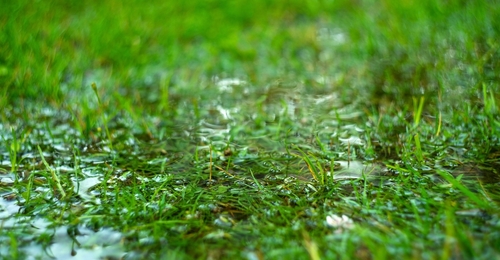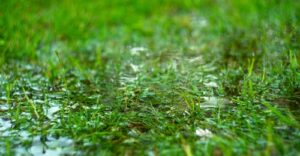Flooding in your yard isn’t just a mess — it’s a headache that can damage your landscaping, attract pests, and even affect your home’s foundation. As someone who’s helped plenty of neighbors bounce back from yard floods across New Jersey, I’ve picked up a few reliable tricks. Here’s how to take control after the water rushes in.

1. Don’t Panic — But Don’t Wait
The moment you notice water pooling, check the forecast. If more rain is on the way, focus on temporary drainage to prevent worse damage. Use a shovel to open a path for water to run away from your home — even if it’s just into the street or a storm drain. Sandbags can also help direct flow.
2. Get That Water Out
If the water’s standing and not going anywhere, consider renting a pump or using a wet/dry shop vac. Just don’t dump water near your house or your neighbor’s — direct it to a downhill area or a municipal drainage point if possible.
3. Aerate the Soil
Once the water clears, your yard might feel like a swamp. Use a garden fork or aerator to poke holes and help the soil dry out. This also keeps your lawn from suffocating under compacted mud.
4. Check for Hidden Damage
Floods can mess with more than just your grass. Check for:
- Erosion near walkways and patios
- Water pooling around your foundation
- Shifts in mulch or topsoil
- Plants that look like they drowned
Remove any debris, straighten out what you can, and plan to regrade areas that show signs of erosion.
5. Prevention Is the Real Hero
If flooding is a repeat guest in your yard, it’s time to think long-term. Here are a few options I often recommend:
- French drains or dry wells
- Swales or shallow trenches that guide water
- Rain gardens that soak up runoff and look good doing it
- Gutter extensions to push water away from the base of your home
Sometimes, a flood teaches you what your yard really needs. The fix might be simpler than you think.

Leave a Reply
You must be logged in to post a comment.